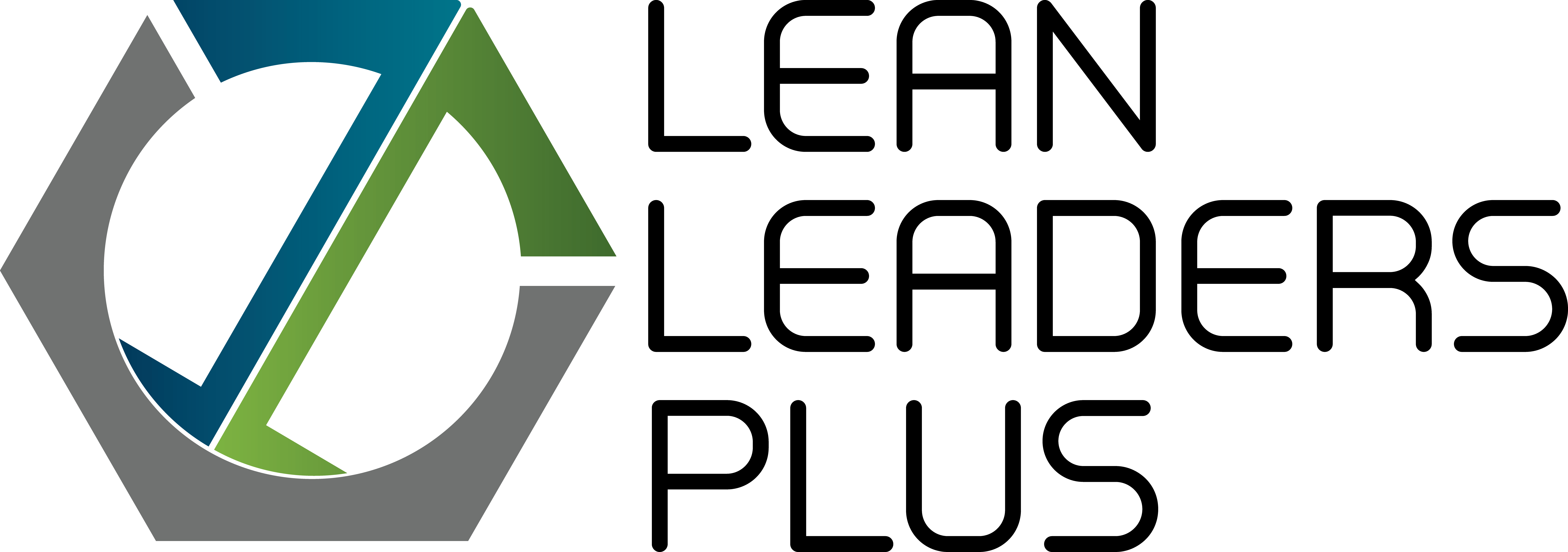Companies seek novel methods to manage projects and streamline operations as the business world develops. Lean agile leadership has become a well-liked management strategy in recent years, giving businesses the adaptability and agility required to thrive in today’s fast-paced environment. The idea of lean agile leadership and how it can help organizations will be discussed in this post.
Lean Agile Leadership Overview

Combining the ideas of lean manufacturing and agile software development, lean leadership is a management theory. This strategy strongly emphasizes client value, collaboration, and ongoing improvement. Delivering high-quality products and services quickly and effectively is the main objective of lean agile leadership.
What Is Agile Manufacturing?
Lean manufacturing is a concept that seeks to reduce waste and boost productivity in manufacturing operations. The goal is to maximize consumer value while reducing waste. This strategy uses instruments like value stream mapping, kanban, and just-in-time manufacturing.
What Is Agile Software Development?
Agile software development is an incremental method of creating software that focuses on communication, adaptability, and quick turnaround. This strategy divides big tasks into smaller, more manageable pieces, and working software is frequently delivered.
Important Lean Agile Leadership Values
Several fundamental lean leadership principles govern this management strategy:
- Constant Development
A central goal of lean agile Leadership is continuous development. Reduce waste and boost productivity. This entails continuously reviewing and improving processes. Teams are urged to experiment and adopt new strategies to improve their work.
- Collaboration
Lean leadership requires collaboration. Teams collaborate to identify issues and create solutions. Cross-functional teams are typical in this method, bringing together people with various talents and viewpoints.
- Customer Worth
Providing value to the client is the final objective of lean agile Leadership. Delivering goods and services that meet or exceed the requirements and expectations of the customer requires understanding those needs and expectations.
- Transparency
In lean leadership, transparency is critical. Team members are encouraged to communicate openly and share knowledge. This fosters cooperation and helps to establish confidence.
- Flexibility
Lean leadership is characterized by flexibility. Teams are urged to be flexible and react swiftly to evolving situations. This necessitates a readiness to alter the direction and make necessary plan adjustments.
Lean Agile Leadership’s advantages
Adopting a lean agile leadership strategy has numerous advantages, including:
- Quicker time to market
Thanks to lean leadership, teams can produce products and services effectively. This can help businesses market their products more quickly, providing a competitive edge.
- Better Durability
A crucial part of lean leadership is continuous development. Teams can produce high-quality goods and services that satisfy customer requirements by concentrating on quality and reducing waste.
- Enhanced Client Satisfaction
Focusing on providing value to the client, lean agile leadership is customer-centric. Teams can create products and services that match or exceed customer expectations by understanding their needs and expectations, improving customer satisfaction.
- Improved Team Cooperation
Lean leadership emphasizes collaboration. Teams can work together to solve issues and create creative solutions by assembling people with various skills and perspectives.
How to Apply Lean-Agile Leadership
A cultural shift within the company is necessary to implement a lean agile leadership approach. To adopt lean agile Leadership, businesses can take the following actions:
- Squad Training
The concepts of lean agile Leadership need to be taught to teams. This entails comprehending the theory and its fundamental ideas and the instruments and methods.
- Create Cross-Functional Partnerships
To promote cooperation and creativity, cross-functional teams should be formed. These teams should be made up of people with various backgrounds and viewpoints.
- Place a Strong Emphasis on Client Value
Lean agile leadership’s performance depends on emphasizing customer value. Organizations can deliver products and services that align with customer needs and preferences, resulting in greater customer satisfaction and business success. This can be done by prioritizing customer needs, involving customers in the development process, and tracking customer satisfaction metrics.
- Create processes for ongoing improvement.
A crucial part of lean leadership is continuous development. It helps frequently review and improve processes and implement techniques like retrospectives.
- Encourage a Transparent Society
In lean leadership, transparency is critical. To foster cooperation and confidence among team members, encourage open communication and information sharing.
- Provide the Appropriate Skills and Resources
Give teams the skills and tools they need to do their jobs well. This includes training and development chances, as well as software and technological tools.
Conclusion
A potent management strategy called “lean agile leadership” can assist businesses in becoming more productive, creative, and customer-focused.
Companies can enhance quality, cut waste, and boost customer happiness by adopting lean manufacturing principles and agile software development. They need to change their organizational cultures to emphasize collaboration, continuous improvement, and transparency to execute this strategy effectively.
Visit Lean Leaders Plus for professional guidance. We will train you and your team for the best.

Recent Comments